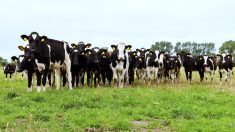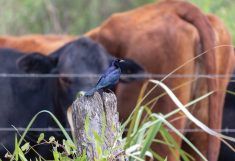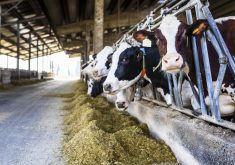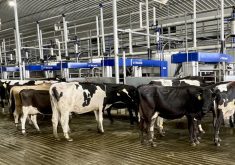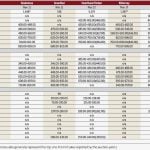For us, one of the highlights of this year’s Western Canadian Dairy Seminar was the presentation on crossbreeding. We thought it was pretty progressive of the seminar’s organizing committee to put crossbreeding on the program because a lot of dairy farmers in Canada avoid this very valuable practice.
Frank Buckley’s presentation was fast and he packed a lot of information into 30 minutes. He spoke about the durability and fertility of crossbred cows, and gave examples of the effect of heterosis (or hybrid vigour). He also made it clear that crossbreeding will not destroy your herd, and definitely makes economic sense.
Read Also

Mosquito-borne virus could be devastating to sheep breeding operations
Cache Valley virus, a mosquito-borne disease that infects small ruminants, could be a devastating hit to small operations.
That’s exactly what we have found on our farm.
We have crossbred our cows on a regular basis for nine years now with Holstein, Brown Swiss, and Jersey. We have seen our vet costs come down, and improvements in hoof health, fertility, and calving ease. The amount of milk did decrease, but components went up. And after a few years we had too many young stock and milk cows, and so now sales of replacements and calves have become a contributor to our farm business.
- More from the Alberta Farmer Express: Dairy production dips as cull cow prices soar
Currently, our herd is one-third Holsteins, one-third Brown Swiss crossed with Holsteins, and one-third Jersey crossed with Holsteins. Many of them are three-way crossed already, but we stay close to the Holstein breed because of the higher amount of milk. The cows are supervised milk recorded, 90 per cent on a Holstein base and 10 per cent on a Brown Swiss base. They are all classified by Holstein Canada, and scored on a Holstein base.
Our milk statement of February 2014 shows 4.20 per cent fat, 3.58 per cent protein and 5.77 per cent other solids — this compares with the provincial average of 3.98 per cent fat, 3.30 per cent protein, and 5.73 per cent other solids. As a result, we receive $3.97 more per hectolitre than the average producer in Alberta.
Currently, we sell our one-coloured baby bull calves for $250 (compared to $120 for a black and white baby bull calf).
We do have all sizes and colours of animals in our barn, but they seem to adjust easily to each other without the big cows being too bossy. And every time when a calf is born we are surprised by the speckles and colour combinations.




